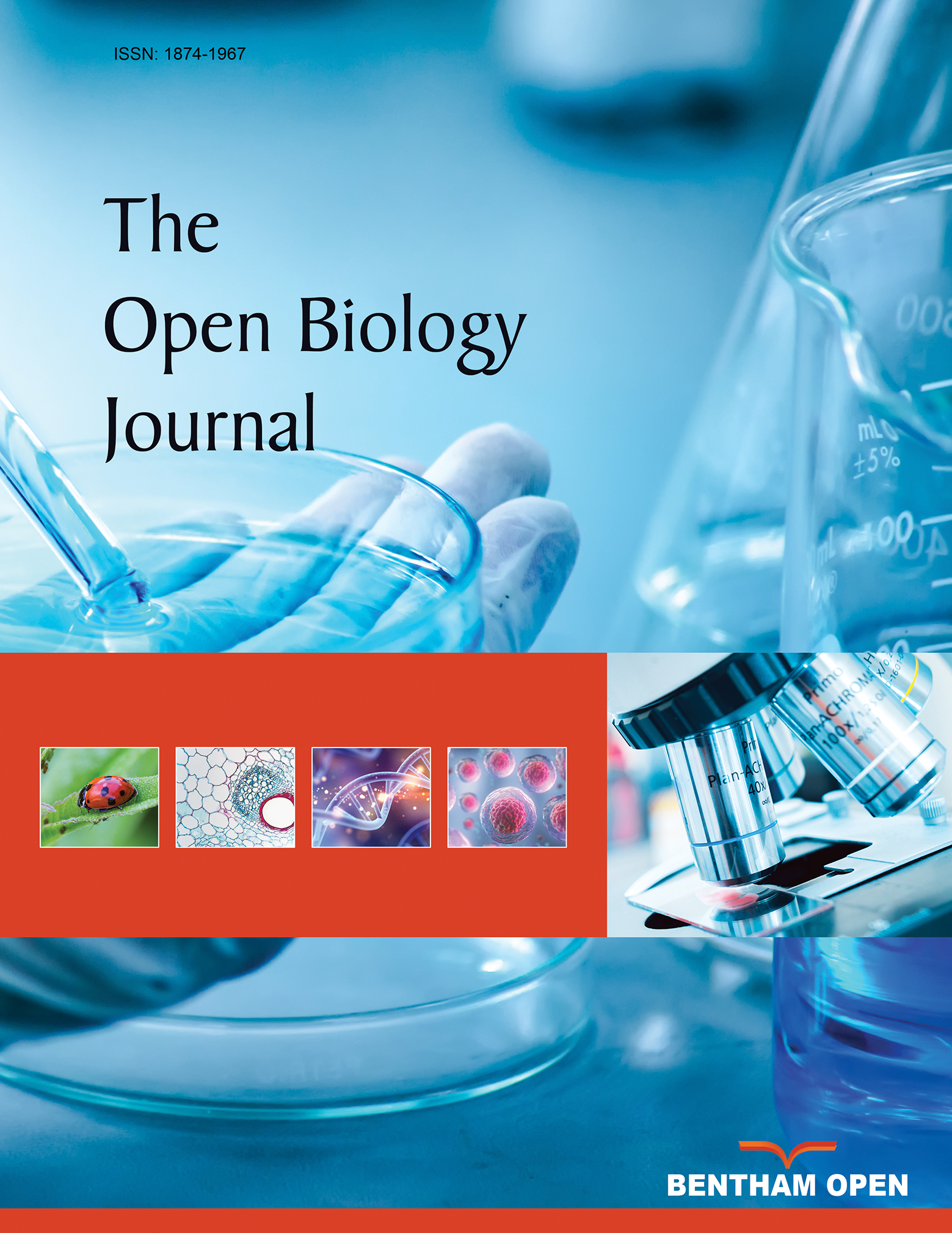Novel Methods for Assessment of Platelet and Leukocyte Function Under Flow – Application of Epifluorescence and Two-Photon Microscopy in a Small Volume Flow Chamber Model
Abstract
Various models exist for the study of platelet and leukocyte function under flow conditions. Flow chambers offer the unique possibility to analyze cell-cell and cell-surface interactions at a great variety of conditions. However, working with small animals (i.e. mice) strongly limits the amount of isolated cells available for perfusion. Here, we present a flow chamber technique based on a small volume multichannel perfusion chamber. First, we studied the interaction of isolated murine platelets with diverse matrix proteins under flow in parallel perfusion experiments using epifluorescence microscopy. In addition, we evaluated real-time processes of platelet-leukocyte interaction and thrombus formation on an inflamed endothelial surface using two-photon microscopy (2PM). We show for the first time that highspeed 2PM allows the visualization of cell-surface-interactions at shear conditions typically found in precapillary vasculature. In summary, the flow chamber model introduced here represents a promising tool for the characterization of cell interactions in vascular research, especially when only small amounts of blood cells are available.


